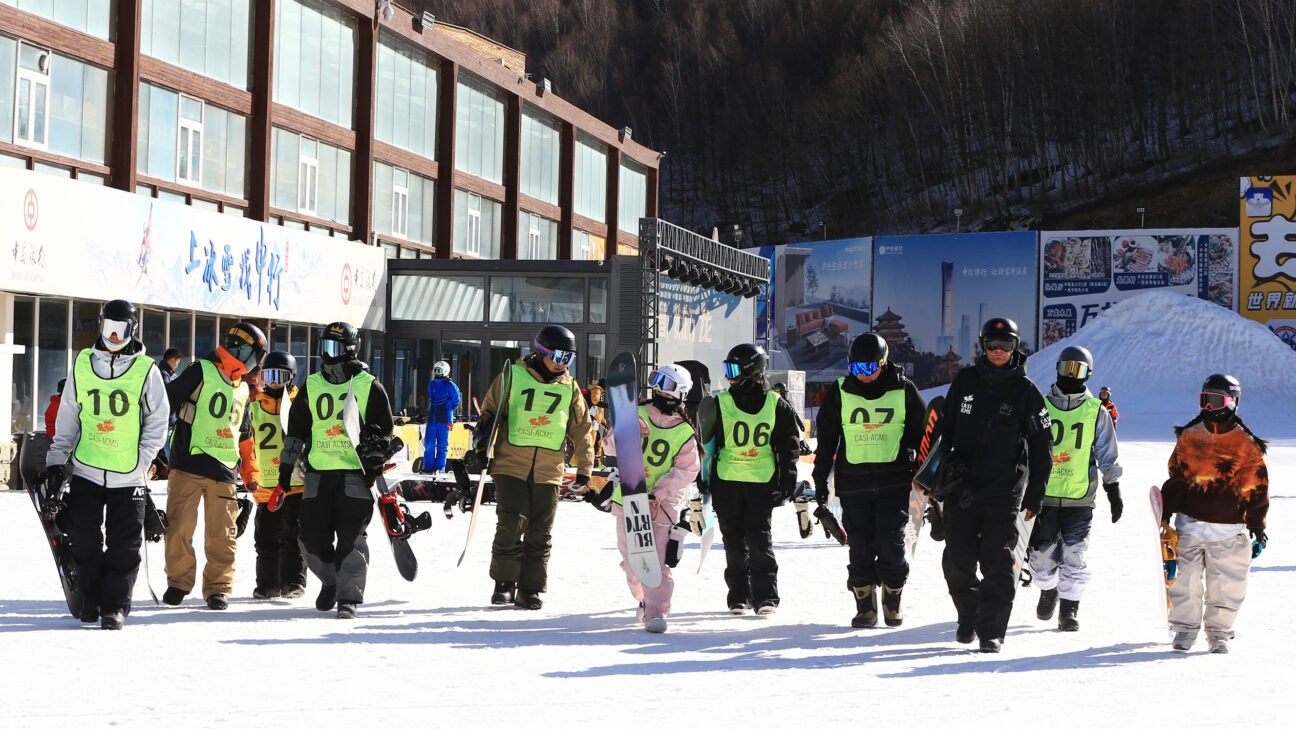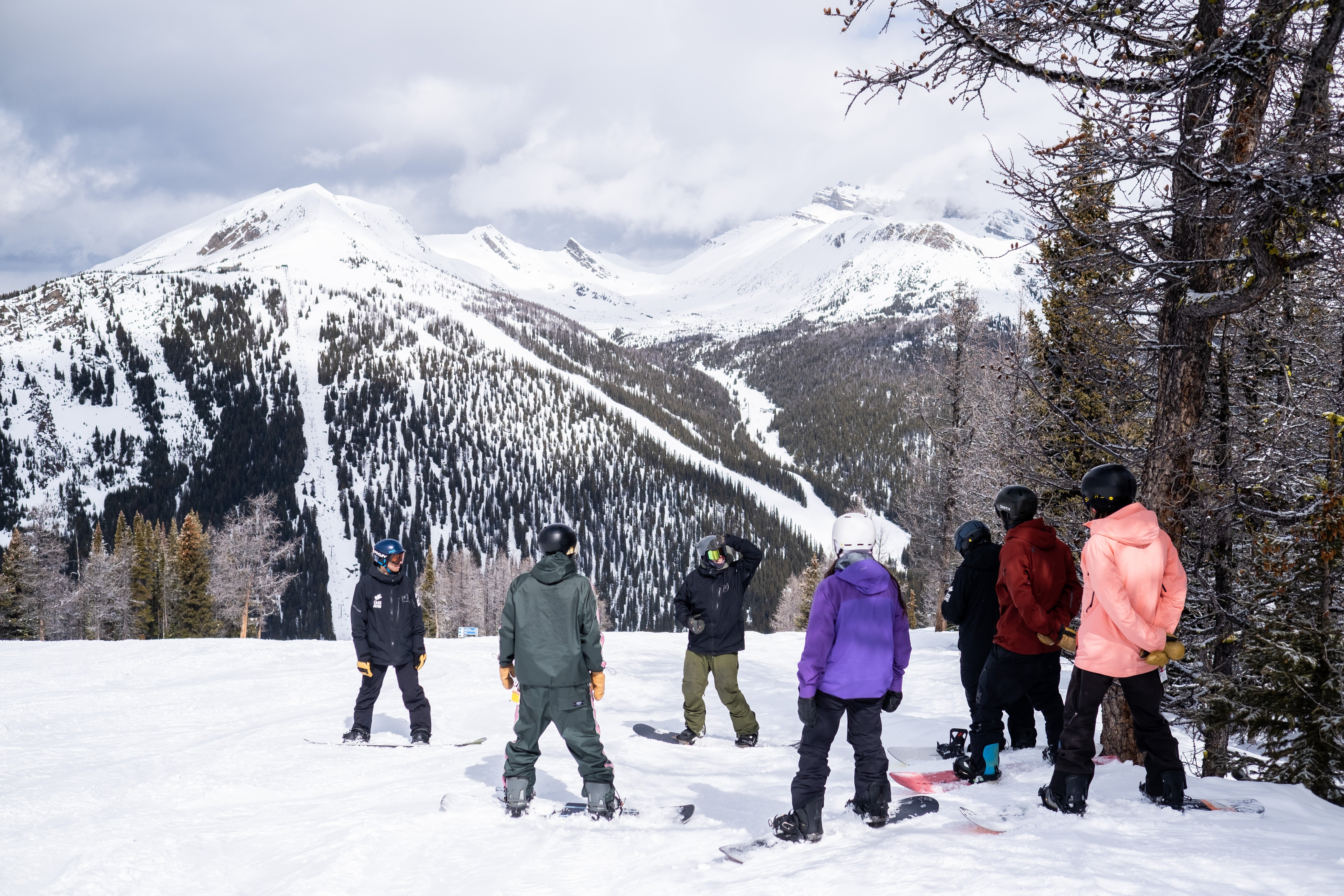Learning to snowboard can be like assembling a puzzle. There are lots of pieces and they can be abstract on their own. Having a clear picture on the box can make the connection between the abstract pieces and the end goal. This is how the use of analogies can really help our students’ understanding.
I use analogies all the time when I teach. They bring together something the student is familiar with, and a snowboarding concept. This will create a clear image of what is trying to be achieved. It has added benefits of making lessons personalized and create a link between something they are passionate about and snowboarding. From an instructor standpoint, this helps create a better connection between you and your guest. This is also a fun way to challenge your own teaching and understanding.

Children can have a very difficult time understanding some of the outcomes we are trying to create. Analogies, again, offer a different perspective on the outcome. It can turn the outcome into a game. This really helps with engagement and will help them progress, while still having fun. Kids have an amazing imagination, and analogies are a powerful tool to unlock that potential.
Sometimes meaningful analogies can be challenging to come up with. Most sports share common stances, or movement patterns. What if your client isn’t very active? Here are some I have used in the past.
For someone who enjoys cooking, relating the snowboard to a knife is a great way to create a mental picture of different ways we can use the edges, such as cutting vs smearing. The image of cutting a steak versus spreading butter on toast easily relates to how snowboard edges can be used.

If your student is a musician, playing the piano, just like snowboarding, takes rhythm and tempo. Musicians are great at counting, and you can use that talent to time certain movements. I have also compared the skills to notes. Each skill on its own is a single note, and we can start combining them into different chords. Changing the order can change the sound, or the outcome.

For small kids, I have asked them what their favorite animal is. Next, ask them what that animal eats (you get some hilarious answers). Now when you go to try sideslipping, the snowboard becomes the animal’s mouth. Show them how to open and close its mouth by tipping or using the ankles (depends on age and development). Next, I’ll slide in front of them and use my free foot to make some dots in the snow. The dots are the food, and they try to slide along and use the “snowboard’s mouth” to eat the food.
These are just a couple of examples, but the possibilities are endless. Go out and try it. It’s like playing “Six Degrees of Kevin Bacon.” You have a start and end point, but you get to find a way to make the connection. It can be a great way to challenge your own understanding by looking at the sport from a totally different perspective.

by: Chris Scharf
CASI Level 3 Instructor, L2/P1 Evaluator